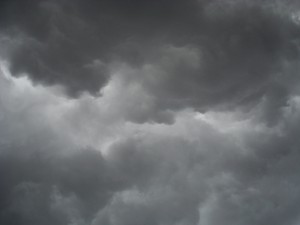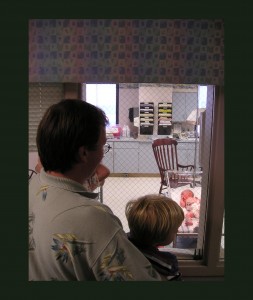Inspiration:
Dream Song of Thunders:
Sometimes
I go about pitying
Myself,
While I am carried by the wind
Across the sky.
― Frances Densmore
Season of Mud
The season of mud begins with thunder and announces change; it is the season of transition. Transitions are times when the thick skin of habit that protected us surrenders to the possibilities of growth and renewal. The inner thawing renders us sensitive and vulnerable to the unpredictable, until we emerge comfortably into new ways of being. We aren’t sure who we are or where we will end up.
In the midst of the mud and muddle of all transitions, the seeds of promise stir quietly beneath the surface like spring bulbs drinking the snow.
by Rev. Sarah York, TO READ MORE





